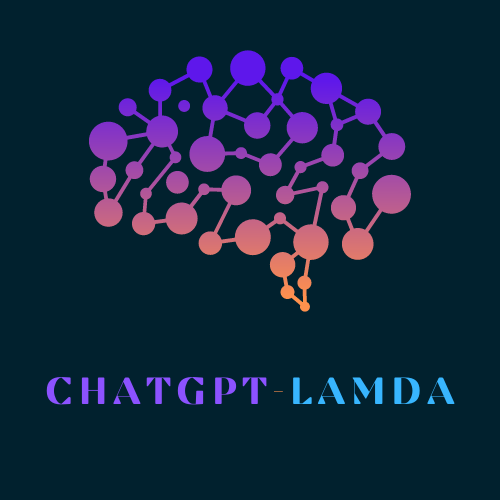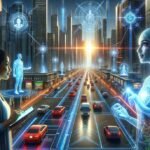DALL-E's Technological Framework
DALL-E utilizes neural networks and deep learning to process and generate images from text descriptions. Its training involves a large dataset of images paired with descriptions, allowing it to make precise associations between words and imagery. The model can generate unique combinations of imagery, pushing beyond realistic renditions into imaginative territories.
A key feature of DALL-E is its use of generative adversarial networks (GANs) to refine image quality. This dual neural network structure helps achieve a balance between realistic and artistic expressions.
DALL-E's ability to interpret language nuances allows it to convey stylistic elements, textures, and contextual meanings in its outputs, offering a range of expression comparable to human artists.
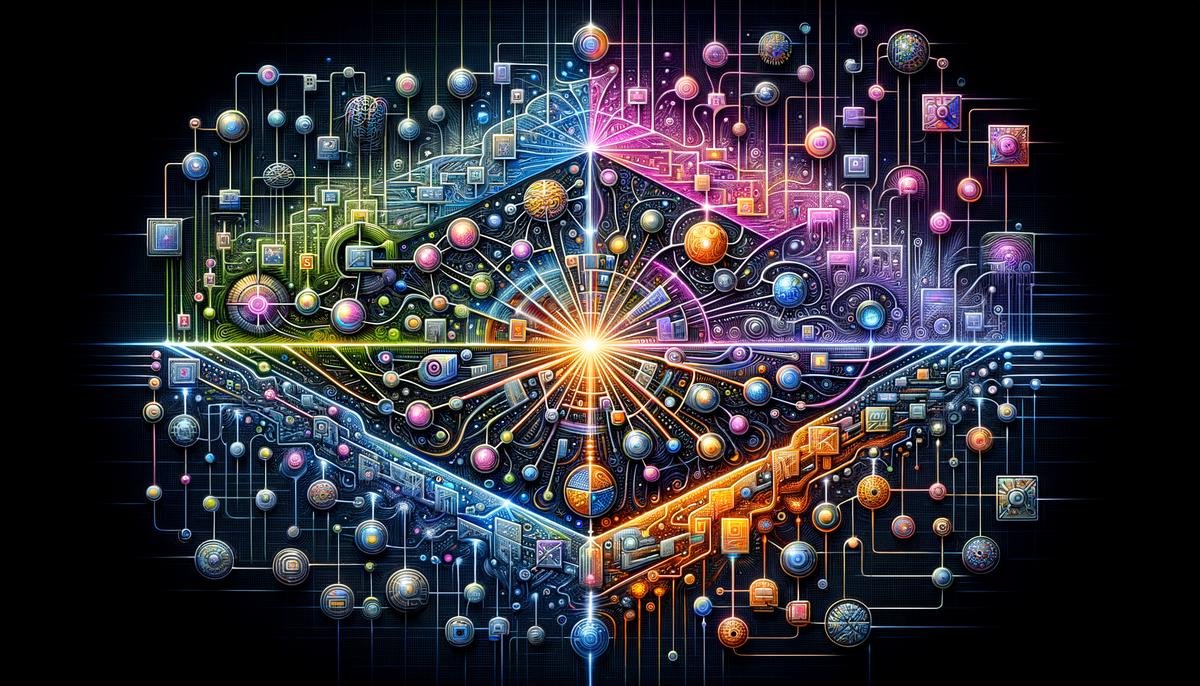
Impact on the Art Industry
DALL-E and similar AI tools are transforming the art industry by democratizing art creation. This accessibility allows more people to participate in creating and consuming art, introducing a broader array of voices and interpretations.
AI is expanding creative boundaries, enabling artists to generate new forms and styles. This enriches the artistic community with fresh perspectives and encourages collaboration between human creativity and machine intelligence.
However, traditional artists may feel pressure to incorporate AI into their processes to remain relevant. The integration of AI presents both opportunities and challenges, potentially leading to hybrid art forms where AI complements human vision.
The art industry is at a pivotal moment, with AI-generated art representing a shift towards more inclusive, diverse, and technologically enriched artistic expression.
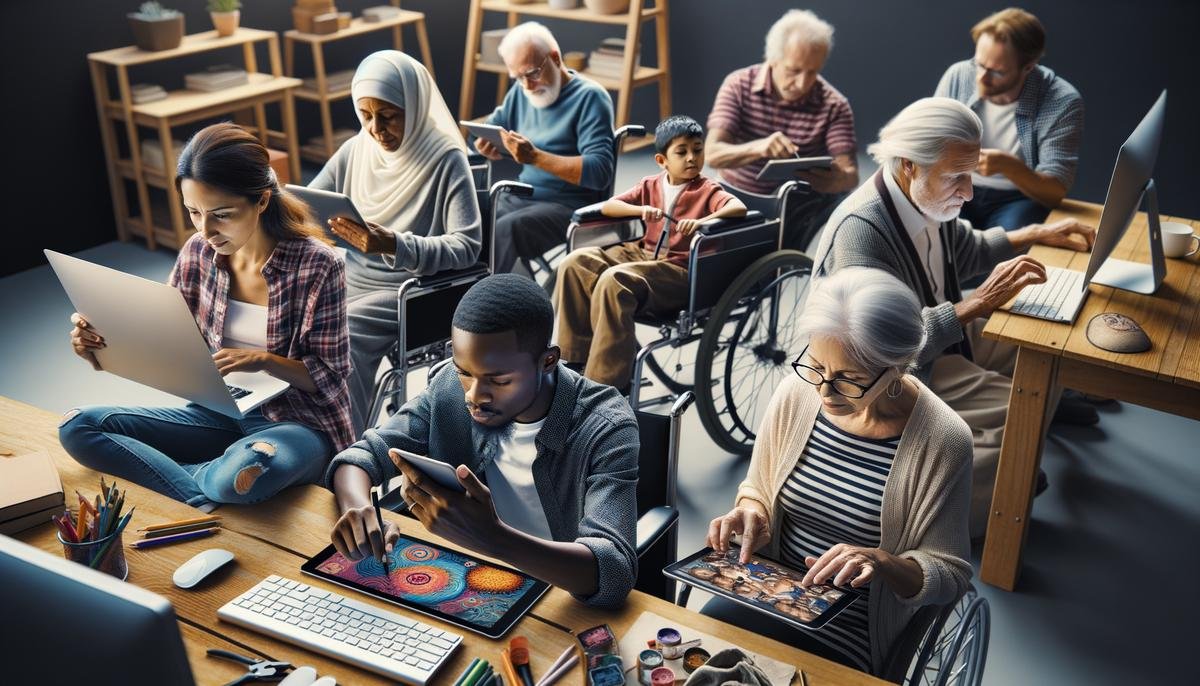
Ethical and Legal Considerations
The emergence of AI-generated art raises important ethical and legal questions. The issue of authorship becomes complex when an artist uses AI to generate a piece. Current copyright laws struggle to accommodate AI-generated works, necessitating a rethinking of ownership rights.
Bias in AI-generated art is a significant ethical challenge. AI systems can unintentionally reflect prejudiced perspectives due to their training datasets, potentially propagating cultural misrepresentations or stereotypes.
Legal frameworks are evolving to address AI's role in art creation. Policymakers and industry leaders are working on guidelines to clarify:
- Ownership
- Ethical usage
- Standards for transparency
However, the rapid pace of technological advancement often outpaces legal adaptations.
Ongoing discussions about authorship, copyright, and bias are essential to foster a creative ecosystem where AI and human creativity can coexist productively.
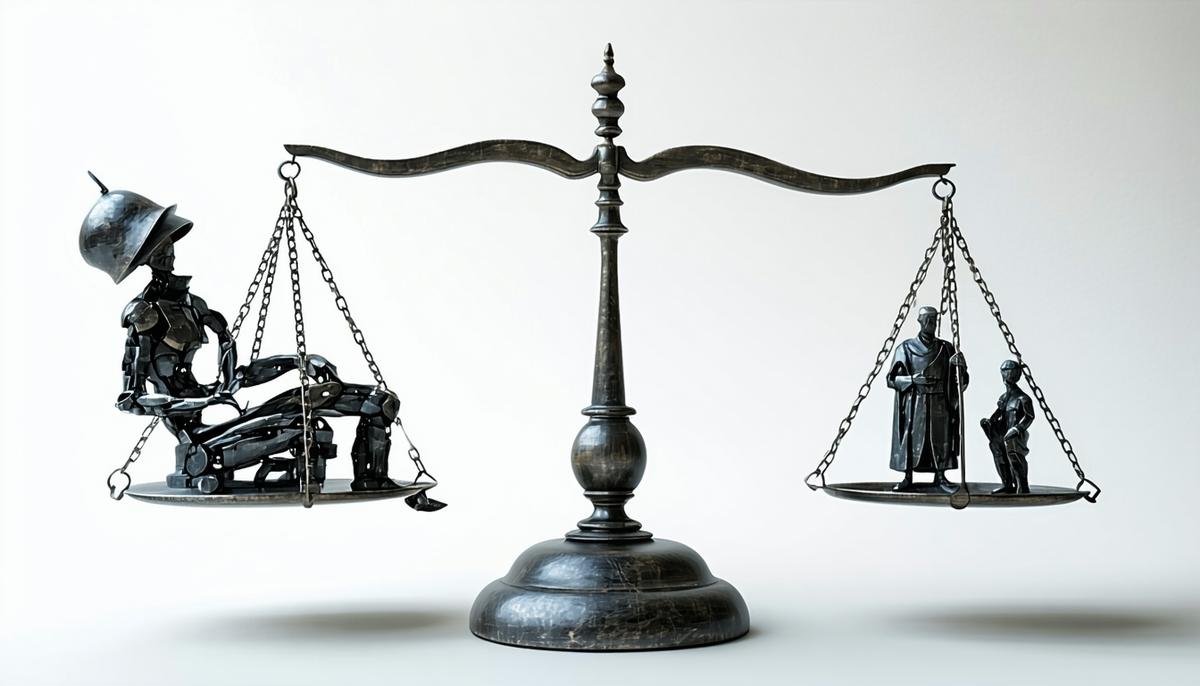
Future Trends in AI Art
Key trends in AI art include its expansion into new mediums, increased collaboration between AI and human artists, and evolving cultural perceptions.
AI is beginning to influence dynamic art forms like music, interactive installations, and virtual reality experiences. This expansion offers artists new tools to create multisensory art that engages audiences in novel ways.
Many artists are embracing AI as a collaborator rather than a substitute, using it to augment and inspire human creativity. This partnership could lead to entirely new art forms that combine AI's computational capabilities with human intuition.
These trends are challenging established art market dynamics by increasing accessibility and production speed. The rapid proliferation of AI art may democratize ownership but also requires new frameworks for appraising its value.
Culturally, AI art is influencing perceptions of creativity and originality. As audiences become more accustomed to AI-created pieces, discussions about what qualifies as art and who qualifies as an artist continue to evolve.
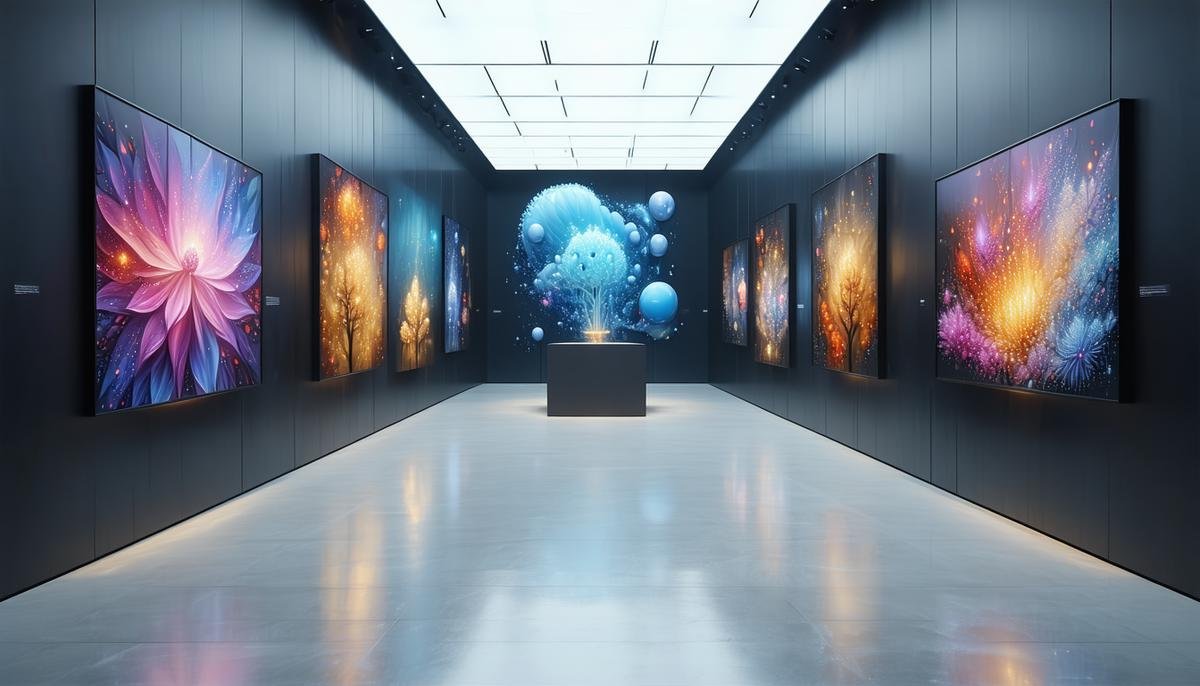
As AI integrates further with artistic expression, it reshapes how art is created and perceived. This shift invites a reconsideration of traditional norms while opening new possibilities for artistic innovation.
- Goodfellow I, Pouget-Abadie J, Mirza M, et al. Generative adversarial nets. In: Advances in Neural Information Processing Systems. 2014:2672-2680.
- OpenAI. DALL-E: Creating images from text. OpenAI Blog. 2021.
- Elgammal A, Liu B, Elhoseiny M, Mazzone M. CAN: Creative adversarial networks, generating "art" by learning about styles and deviating from style norms. In: International Conference on Computational Creativity. 2017.

